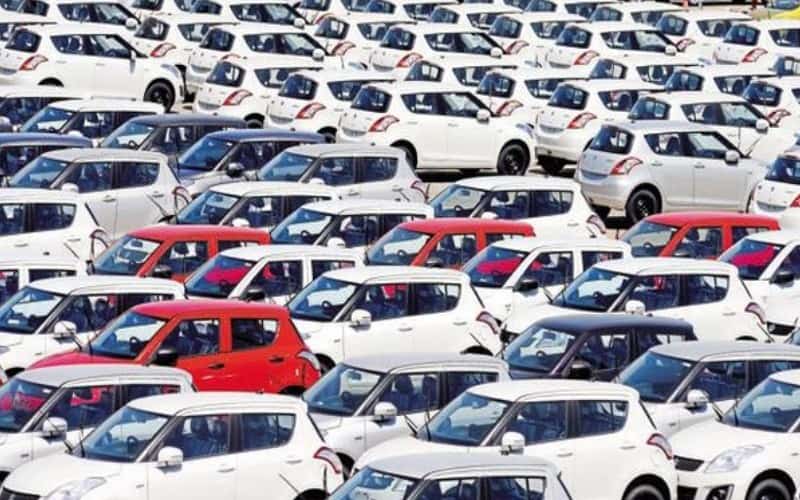New Delhi: A massive contraction in manufacturing, agriculture and mining activity pulled India’s GDP growth rate down to 4.5 per cent in the second quarter ended September 2019-20.
This is the slowest GDP growth rate in around six years. The growth on a year-on-year basis during Q2 2018-19 had stood at 7 per cent.
On a sequential basis, the growth rate came lower than the 5 per cent in Q1 of 2019-20, 5.8 per cent in Q4 2018-19, 6.6 per cent in Q3 2018-19.
At present, India’s economy faces a severe demand slowdown on account of high GST rates, farm distress, stagnant wages and liquidity constraints.
This trend of subdued consumption, referred to as slowdown, is being cited by economy watchers as the prime reason for the successive fall in GDP growth rate.
All the major sectors, including automobile, capital goods, banks, consumer durables, FMCG and real estate, have been heavily battered.
In terms of production, the output of manufacturing, mining and electricity generation among others have plunged causing job losses.
The National Statistical Office (NSO), the data showed that Gross Value Added (GVA) growth rate during the second quarter of 2019-20 on a YoY basis fell to 4.3 per cent, from 6.9 per cent during the like period of the previous fiscal.
“Quarterly GVA (Basic Price) at Constant (2011-2012) Prices for Q2 of 2019-20 is estimated at Rs 33.16 lakh crore, as against Rs 31.79 lakh crore in Q2 of 2018-19, showing a growth rate of 4.3 per cent over the corresponding quarter of previous year,” the NSO said in a statement.
The GVA includes taxes, but excludes subsidies.
As per the estimates, the growth in the ‘agriculture, forestry and fishing’, ‘mining and quarrying’, ‘manufacturing’, ‘electricity, gas, water supply & other utility services’ and ‘construction’ is estimated to be 2.1 per cent, 0.1 per cent, (-) 1 per cent, 3.6 per cent and 3.3 per cent respectively during this period.
Another key growth gauge — Gross Fixed Capital Formation — which underscores the overall acquisition of produced assets in the economy, at constant (2011-2012) prices, the GFCF is estimated at Rs 10.83 lakh crore in Q2 from Rs 11.16 lakh crore in Q2 of 2018-19.A
“Q2 GDP which is at 4.50 per cent indicates a slump in economic activity and it has become quite pronounced after a slip to 5 per cent in Q1. This leads up to an annual growth rate close to 5 per cent,” said Emkay Wealth Management’s Head of Research Joseph Thomas.
Commenting on the GDP data, Edelweiss Securities’ Economist Madhavi Arora: “The GDP growth softened to 4.5 per cent in 2Q — a tad lower than our expectations of 4.7 per cent. However, the breakdown was not too surprising with all sub sectors of the economy decelerating further amid continued tightening of financial conditions, and worsening activity data.”
According to ICRA Principal Economist Aditi Nayar: “Based on the guidance provided by the MPC regarding the accommodative stance, we anticipate that the Committee would reduce the repo rate by 25 bps in the December 2019 policy review to support economic growth, looking through the vegetable price-led uptick in the CPI inflation in October 2019.”
“However, this decision may not be unanimous.”

